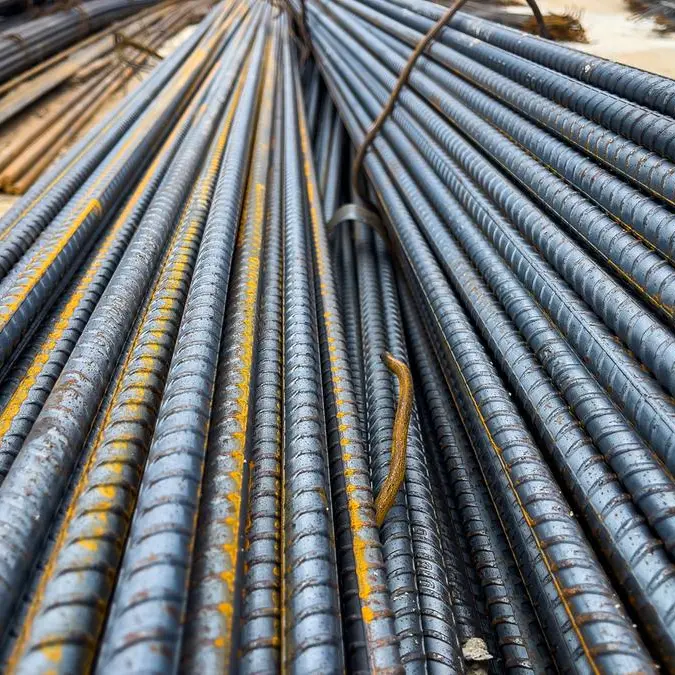PHOTO
Rescuers on boats in China's flood-hit Guangdong province raced to evacuate trapped residents, carrying some elderly people by piggyback from their homes and deploying helicopters to save villagers caught in landslides.
Situated in the densely populated Pearl River Delta, the province once dubbed the "factory floor of the world" is prone to summer floods, and over the years, has erected strong defences against the disruptive effects of flooding.
But since Thursday, Guangdong has been battered by unusually heavy, sustained and widespread rainfall, with powerful storms ushering in an earlier-than-normal start to the region's annual flooding season.
Weather events in China have become more intense and unpredictable because of global warming, scientists say, with record-breaking rainfall and drought assailing the world's second-largest economy, often at the same time.
Precipitation records for April have already been broken in many parts of Guangdong, with the cities of Shaoguan, Qingyuan, Zhaoqing and Jiangmen to the west and north of the provincial capital Guangzhou half-submerged in flood-waters.
On Sunday, domestic flights arriving in Guangzhou were briefly cancelled and international ones delayed. Some foreign carriers flying to other Chinese destinations even took big detours to avoid the area.
No fatalities in Guangdong were reported, although 11 people in the province were still missing by Monday morning, state-owned Xinhua News Agency reported without giving further details.
Two companies in the province told Reuters there had been no immediate impact to business or supply chains.
"Everything's running as usual and everyone got to work," said a person who answered the phone at Camelot PCB, a print circuit board company that supplies Tesla and other electric vehicle makers.
Polyrocks Chemical, a plastics company that supplies technology giants such as Apple, Huawei and Samsung , also said its operations were not affected.
But many rivers remained swollen on Monday at levels above safety thresholds, with rainfall in recent days two to three times more than what is normally seen at this time of the year.
ECONOMIC LOSS
Across the province, 36 houses collapsed while 48 were severely damaged, resulting in a direct economic loss of nearly 140.6 million yuan ($19.4 million), Xinhua reported.
In Qingyuan, the Bei River that cuts through the city swelled over the weekend and submerged some houses and shops alongside the Pearl River tributary.
Aerial footage showed flood waters overwhelming a nearby town, leaving only roofs and treetops untouched.
Rescuers in Qingyuan tackled muddy waters, neck-high in some areas, to extract residents, including an elderly lady trapped in waist-deep water in an apartment building, videos on social media showed.
Other social media videos showed water gushing through roads and vehicles in disarray.
In Shaoguan, landslides trapped villagers who had to be rescued by helicopter while other rescuers travelled on foot to reach cut-off disaster sites.
The Chinese military also stepped in to help clear roads.
The rains eased early on Monday, but some schools in the province were suspended.
In Guangxi, a region west of Guangdong, nearly 100,000 people have been affected by the heavy rain, with direct economic losses totalling 284.5 million yuan.
The strong convective weather in southern China was caused by a stronger-than-normal substropical high, a semi-permanent high pressure system circulating north of the equator.
The stronger subtropical high led to warmer temperatures that drew in more moisture-laden air from the South China Sea and even the Bay of Bengal, Chinese meteorologists said, resulting in the intense precipitation.
Thunderstorms are expected to return later in the week after a brief respite, marking an unusually early wet spell that is more typical in the months of May and June. ($1 = 7.2431 Chinese yuan renminbi)
(Reporting by Liz Lee, Ryan Woo and Shanghai newsroom; Additional reporting by David Kirton in Shenzhen; Editing by Christian Schmollinger)












